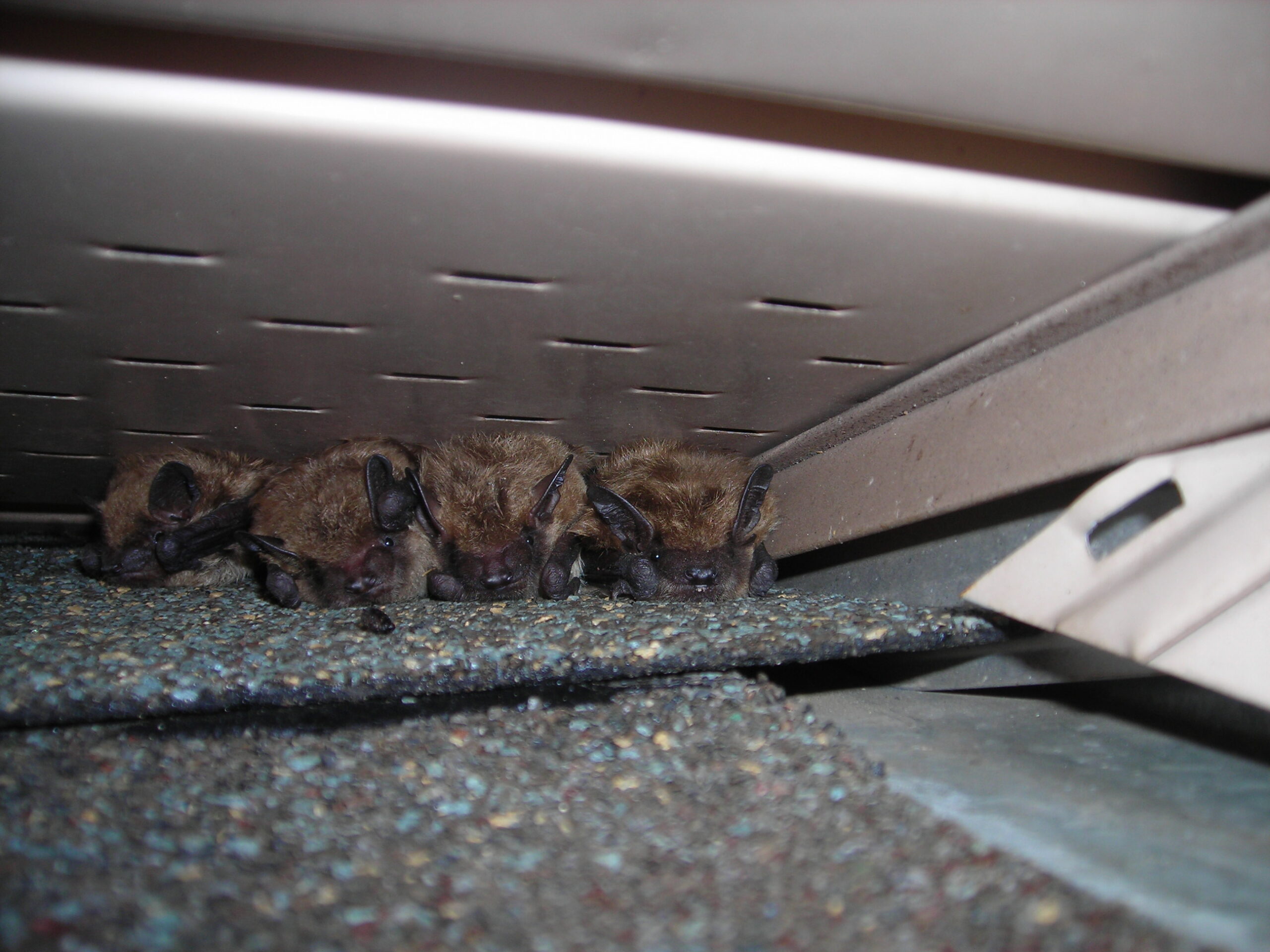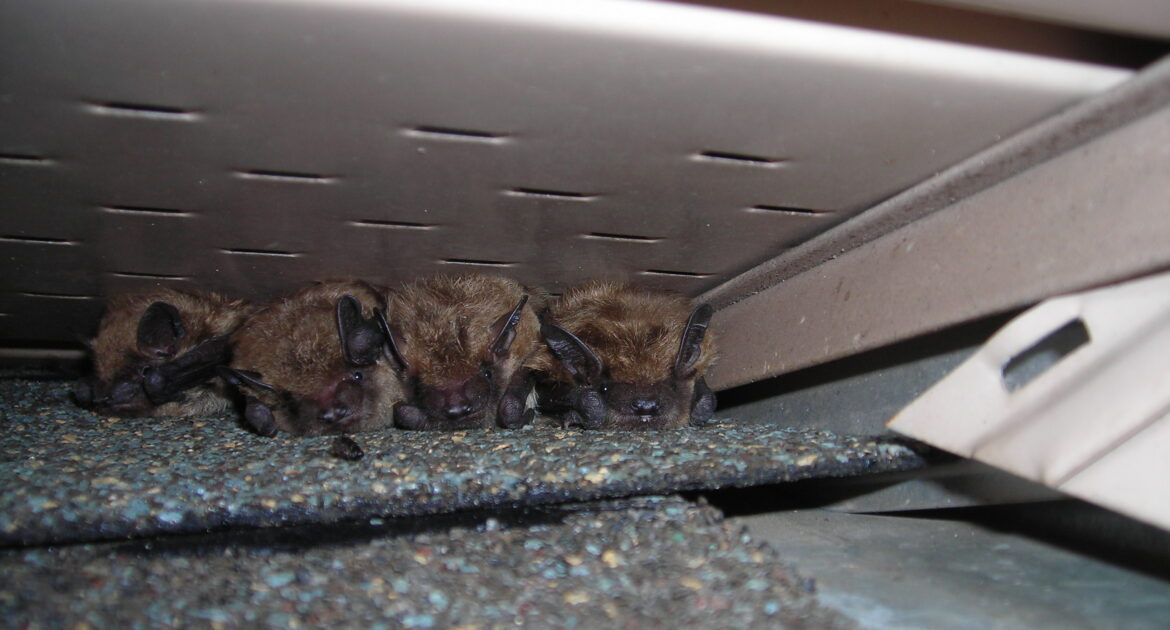Like most wild animals, bats do not belong in human homes. Unfortunately, sometimes they make their way into the cave-like space of an attic, where they may inadvertently spread disease and cause property damage while roosting. Dealing with bat removal is more complicated than incursions by other wildlife because bats are a protected species. The law requires that they get every chance to survive in the wild and increase their numbers.
Because bats typically give birth in the spring and raise their young during June and July, you cannot have bats removed during the summer. However, regardless of when you discover the infestation, you should contact Milwaukee wildlife control right away. Even if we cannot remove the bats from your attic immediately, we can prepare to perform the exclusion as soon as it is safe for the bats.
What Effect Do Bat Mating Behaviors Have on Removal?
Bats usually mate in the late summer or early autumn. However, female bats have the biological capability to delay fertilization, implantation, or fetal development. This allows them to control the timing of their pregnancies so that they give birth in the late spring or early summer when food is more readily available.
Bat numbers are dwindling in the wild, and while there are a number of reasons for this, part of the problem is that bats only give birth once a year and usually only bear one pup at a time. Once the pup is born, it remains completely dependent on its mother for the first six to eight weeks of life. While the babies are still in the roost and reliant on their mothers, it is both inhumane and illegal to exclude the bats from the attic.
What Would Happen to the Baby Bats if the Mothers Were Removed?
Like most other mammals, bat babies feed exclusively on mother’s milk during the earliest weeks of their lives. Baby bats cannot fly because their wings have not yet developed. Even once they are old enough to fly, they need their mothers to teach them how. Mother bats also protect their babies from danger.
Bat removal typically involves the installation of a one-way exit at the entry points. This allows the bat to fly out to find food but prevents it from coming back in. If a mother bat flew through a one-way exit while there was still a pup in the roost, several things would happen. The mother bat would try to find another way in, possibly damaging the roof, siding, or other home structures in the process. If the bat was unsuccessful at finding a way in, the baby bat would die because it would not have access to food and it would not be able to fly out of the attic. This is a bad situation for the homeowner, and even worse for the bats.
Around August the baby bats are old enough to live in the wild without their mothers. Their wings have grown completely, and they have learned how to fly and find their own food. Once the babies are ready to live on their own, exclusion can then take place.
Why Should You Call Bat Removal Services if You Have To Wait for Exclusion?
We recommend that you call Skedaddle as soon as you discover a bat infestation, no matter the time of year. It is true that we cannot remove the bats until August at the earliest. However, you do not want to waste any time in planning bat removal because there is a limited window of opportunity in which to act. Bats go into hibernation in the late fall and early winter. It is illegal to disturb bats while they are hibernating, so exclusion must take place after birthing season but before hibernation.
We can assess the situation and devise a plan for bat removal during the summer, then put that plan into action as soon as possible in the fall. Learn more about our Milwaukee wildlife control services.





